This article was co-authored by Joel Giffin, PT, DPT, CHT. Dr. Joel Giffin is a Doctor of Physical Therapy and the Founder of Flex Physical Therapy in New York, New York. With over 15 years of experience as a Certified Hand Therapist (CHT), Dr. Giffin treats the whole body and specializes in rehabilitation of the hand and upper extremities. He has treated Broadway theater performers backstage at shows such as The Lion King, Sleep No More, Tarzan, and Sister Act. Flex Physical Therapy also specializes in occupational and pelvic floor therapy. Dr. Giffin earned his Master’s degree in Physical Therapy with honors from Quinnipiac University and received his Doctor of Physical Therapy (DPT) degree with distinction from Simmons College. He is a member of the American Physical Therapy Association and the American Society of Hand Therapists.
wikiHow marks an article as reader-approved once it receives enough positive feedback. This article received 33 testimonials and 95% of readers who voted found it helpful, earning it our reader-approved status.
This article has been viewed 1,216,080 times.
Most people are naturally either right-handed or left-handed, but some people (the lucky ones) are ambidextrous. Did you know that you can actually become ambidextrous though, even if you aren't already? That's right—by following the steps below, soon you'll be writing and doing activities like sports with both hands equally. Keep reading to get started!
Steps
Getting Comfortable with Your Other Hand
-
1Do exercises to strengthen your non-dominant hand and fingers. Your non-dominant hand is most likely a lot less strong than your dominant hand, which makes it harder at first to become ambidextrous. Lift some light weights with your non-dominant hand every other day, with a focus on keeping a tight grip to work your hands rather than your arms. Use heavier weights as you go to continue strengthening your hand.[1]
- Lifting weights is one of the best ways to strengthen your hand, but you can also use a grip exerciser to work out your hand.
- You may also benefit from juggling or simply tossing a ball up into the air with your non-dominant hand. This will make you more comfortable using that hand while also developing better hand-eye coordination.
- Focus on activities that help with your coordination and function.
-
2Use your non-dominant hand to work the computer mouse. There are lots of benefits to switching your mouse hand, but one of the main benefits is that it increases the dexterity in your non-dominant hand. Simply move your ordinary mouse over to the opposite side of the computer and use it as you normally would from here on out.[2]
- You can also opt to invest in an “ambidextrous” mouse from a tech store, but it’s much simpler to just use an ordinary mouse.
Tip: Some of the other benefits to switching mouse hands is that it allows you to work the keyboard with your dominant hand while the mouse is in motion, reduces the risk of carpal tunnel, and makes you seem more interesting to your coworkers!
Advertisement -
3Start performing small daily tasks with your non-dominant hand. Use your non-dominant hand to do things like brush your teeth, open doors, put on accessories, or clean up around your home. Do this as consistently as you can to make using your non-dominant hand feel less awkward.[3]
- Try to do as much as you can with your non-dominant hand, such as applying soap and shampoo when you bathe. You may not realize it, but you probably do most of these small tasks with your dominant hand.
- Make sure to brush your teeth correctly when using your non-dominant hand. If you’re not comfortable brushing with this hand, you may inadvertently underbrush.
- If you play an instrument, try playing with your non-dominant hand instead of your ordinary method of playing.
-
4Eat and cook with your non-dominant hand after a few days. Use your non-dominant hand to move pots and pans, to stir food, and to serve it. Hold your silverware with your non-dominant hand and use it to move the food to your mouth. You may have to do this slowly at first to avoid dropping the food, but it will get easier with time![4]
- It’s best to spend a few days getting used to performing small tasks with your non-dominant hand first, since cooking with boiling water or other heated materials can be a bit more dangerous.
-
5Tie your dominant hand behind your back to be even more immersive. This method will force you to exclusively use your non-dominant hand to do everything. This is a great way to make your mind and body quickly adapt to using this hand, but you may want to do it after a few days of practice first.
- The easiest way to do this would be tie your dominant wrist with rope, then tie the other end of that rope to the belt loop on the back of a pair of pants. This is a bit difficult to do by yourself, so you may need to have someone help you.
Writing and Drawing with Your Non-Dominant Hand
-
1Hold a pen or pencil with your non-dominant hand the same way you would with the other hand. Write with your good hand in the mirror to see how it would look writing with your other hand. This gives you a clear visual cue to the method and helps your brain to picture the same action for your non-dominant hand. Then, practice holding the pen or pencil with your non-dominant hand so that it feels more comfortable.[5]
- Don’t "claw" your hand. It may be tempting to grasp the pen as tightly as possible, causing your hand to ball up like a claw, but this will only stop you from writing effectively and can end up hurting your hand.
- Make sure you use a high-quality pen or pencil so you don't have to press hard on the paper.
Tip: To make it easier on yourself, use a pen that flows easily and is comfortable to hold (e.g., one with a rubber grip).
-
2Start by tracing the alphabet with your non-dominant hand. Start with lowercase letter and once the feeling becomes natural, you should then switch to uppercase. This will “introduce” your other hand to the ordinary movements involved in writing in a very easy way. Aim to produce straight lines and clean curves, but don’t worry if you make a lot of mistakes at first. Perform this practice routine for at least 10 minutes a day until you feel comfortable making clean movements.
- Your hand may strain at the beginning, but just take a break and try again later. The tension will eventually go away.
- Be sure to trace out the alphabet using your non-dominant hand in lowercase, uppercase, and cursive letters (if you know cursive).
- Secure your piece of paper to your writing surface so it doesn't slide around.
-
3Move on to writing letters without tracing and drawing simple shapes. Pin down some paper and start drawing butterflies, vases, symmetrical objects, letters, shapes, and whatnot. Although you may think your writing is awful at first, write a couple of lines every day from the start. You will only get better with practice![6]
- It may be helpful to buy a handwriting book designed for children and follow along with the exercises. Using your non-dominant hand to color in a coloring book is also a good idea.
- As you do this, pay attention to which letters you struggle with the most and spend some extra time practicing them.
-
4Practice writing your name and full sentences. Your name will be the writing movement that you’re probably most familiar with, so it’s a very good set of letters to practice on. Try writing out a 3- to 5-sentence paragraph every day to get more comfortable with writing at length with your non-dominant hand.[7]
- Don't keep writing the same paragraph every day. Write a different one every day so your non-dominant hand doesn't get used to one paragraph only.
-
5Be sure to practice writing every day to improve your skills. Practice these techniques daily for at least a month, maybe longer. Soon, you'll be writing much more comfortably with your non-dominant hand, with very few mistakes.[8]
- Try keeping a daily journal that you write in exclusively with your non-dominant hand.
References
- ↑ https://www.enkivillage.org/10-tips-on-how-to-become-ambidextrous.html
- ↑ https://medium.com/@hb20007/10-reasons-you-should-put-the-mouse-on-the-left-if-youre-right-handed-20510d5e211d
- ↑ https://www.enkivillage.org/10-tips-on-how-to-become-ambidextrous.html
- ↑ https://www.enkivillage.org/10-tips-on-how-to-become-ambidextrous.html
- ↑ https://www.lettering-daily.com/6-steps-to-become-ambidextrous/
- ↑ https://www.lettering-daily.com/6-steps-to-become-ambidextrous/
- ↑ https://www.youtube.com/watch?v=da2Fpb1pvr8#t=22s
- ↑ http://www.thebioneer.com/become-ambidextrous-increase-creativity/
About This Article
To become ambidextrous, start by trying to write a few lines with your non-dominant hand each day. Choose a pen that flows easily for writing and grip it gently. After you've been doing this for a while, write out the alphabet using upper case, lower case, and cursive letters each day. If you want to build more strength in your non-dominant hand, lift weights with it or use it to mix ingredients while cooking. Finally, consider brushing your teeth or eating with a spoon using your non-dominant hand so you get used to it performing everyday tasks. To learn how to do mirror writing or juggle with your non-dominant hand, keep reading!
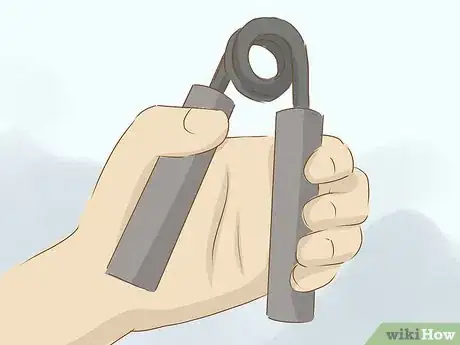
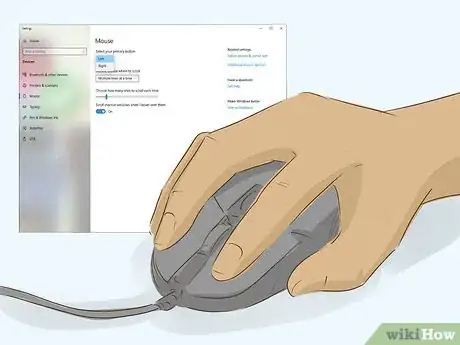
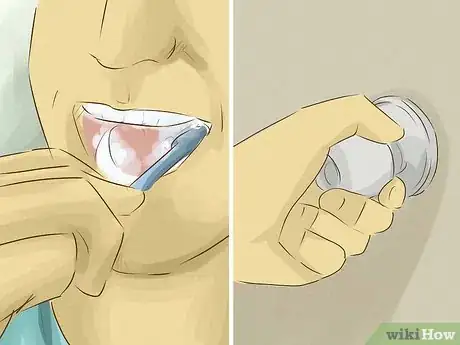


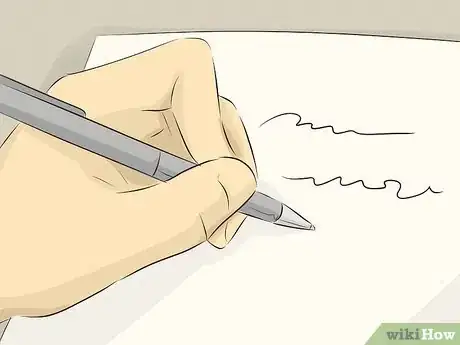
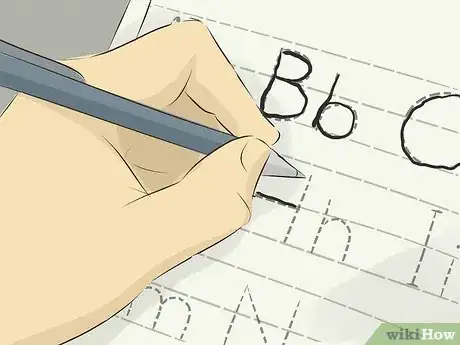
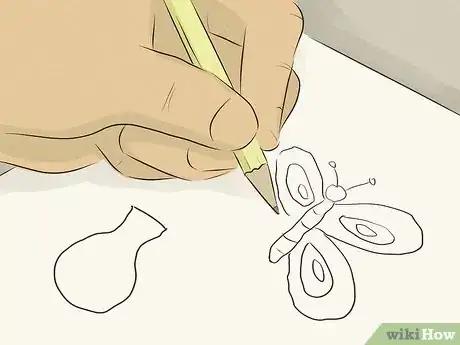
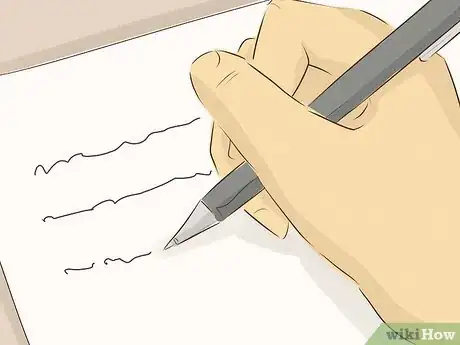
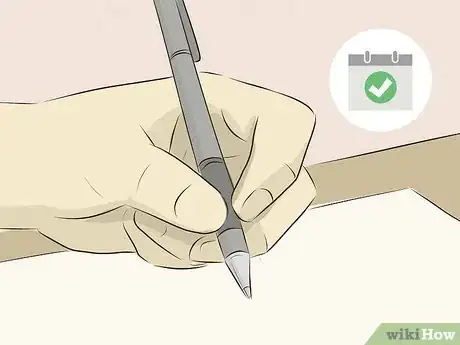


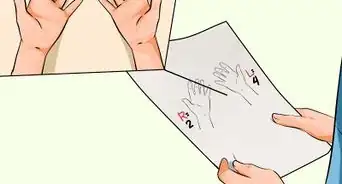

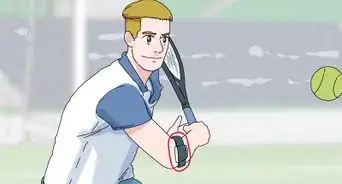
-Step-15-Version-3.webp)





















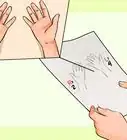




































Medical Disclaimer
The content of this article is not intended to be a substitute for professional medical advice, examination, diagnosis, or treatment. You should always contact your doctor or other qualified healthcare professional before starting, changing, or stopping any kind of health treatment.
Read More...